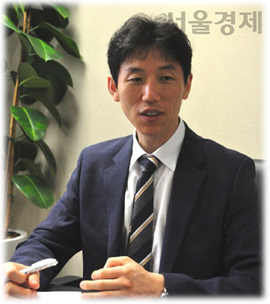| 일 | 월 | 화 | 수 | 목 | 금 | 토 |
|---|---|---|---|---|---|---|
| 1 | 2 | 3 | 4 | 5 | ||
| 6 | 7 | 8 | 9 | 10 | 11 | 12 |
| 13 | 14 | 15 | 16 | 17 | 18 | 19 |
| 20 | 21 | 22 | 23 | 24 | 25 | 26 |
| 27 | 28 | 29 | 30 | 31 |
- politics of Inner Circle
- Mathematical Model of political science
- new political science
- power and organization
- Samjae Capacity
- Political Regime
- political phenomena
- Political Change
- politics
- Political Regimes
- Power
- the 3rd Law of politics
- Regime Change
- survival process theory
- the 2nd law
- political organization
- Differences in Individual Abilities and Tendencies
- Political power
- Samjae Capacities
- 1st Law of politics
- Value Systems
- Canonical Politics
- Orderliness of Choice
- Cohesion Force
- Mathematical Model of politics
- Operation of the 2nd Law
- Task Delegates of the Ruler: Inner Circle
- politics and war
- mechanism of politics
- Order of Choice
- Today
- Total
목록1st Law of politics (3)
New Political Science
 c. Mathematical Model and Implications of the 1st Law
c. Mathematical Model and Implications of the 1st Law
c. Mathematical Model and Implications of the 1st Law In this mathematical model, the definition of political capacity implies that political phenomena are explained based on Samjae capacities[Ch.3.101]. The persuasiveness of this position will be recognized when the scope of the mathematical model to explain political phenomena is broad. The formula[Fmla.3.1.2] that the strength(\( F_{RC} \) ) ..
b. Formulation of the 1st Law (Though the content is somewhat repetitive) To put it more systematically and in detail, the 1st law means the following. [Ch.3.102] (Basicity) The basis of all political capacities is the Samjae capacities (armed capacity, economic capacity, and ideological capacity). ㉠ All types of political power are constituted by Samjae capacities (fundamentalicity), ㉡ and each..
 Chapter 3. A. (1) Intuitive Explanation through Tables and Diagrams
Chapter 3. A. (1) Intuitive Explanation through Tables and Diagrams
Chapter 3. Three Laws of Political Phenomenon A. The 1st Law: Law of Samjae Capacity (1) Intuitive Explanation through Tables and Diagrams a. Basic Concept In political phenomena, political actors interact with each other based on the attributes of their political capacities to form a power structure (cooperative relationship) for their individual and collective interests[Ch.0.2]. The 1st law of..
